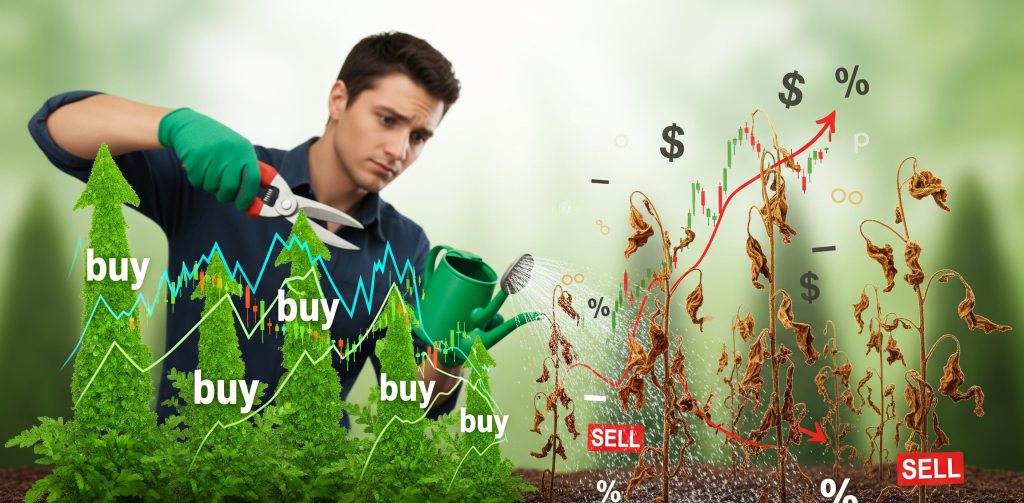One of the most common—and costly—investing mistakes is driven by a quirk in human psychology called loss aversion. Simply put, we feel the pain of a loss about twice as strongly as the pleasure of a gain.
This often leads to a bad habit:
-
🚀 Selling winners too early to “lock in” gains before they disappear.
-
🛑 Holding losers too long in the hope they’ll “come back” and we won’t have to admit defeat.
It feels safe in the moment, but over time, it can seriously hurt your returns.
Why This Happens 🤔
Your brain is wired to avoid pain. In investing, that means avoiding the pain of seeing a red number in your portfolio. But markets don’t care about your feelings—they care about business performance and price.
So you end up flipping logic on its head:
-
🌱 You cut your healthy plants (winning stocks).
-
🌾 You keep watering the weeds (losing stocks).
Flip the Script 🔄
The best investors reverse this pattern:
-
Let winners run 🏆 – If the company’s fundamentals are strong, don’t rush to sell just because the stock has risen. Great businesses can keep compounding for years.
-
Cut losers quickly ✂️ – If the reason you bought a stock is no longer valid, or the fundamentals have worsened, sell and reallocate that money to a better opportunity.
A Simple Test 📝
Ask yourself for each stock:
“If I didn’t already own this, would I buy it today at this price?”
If the answer is no, it’s a candidate to sell—no matter if it’s up or down.
Why It Matters 📈
By holding onto winners and pruning losers, you let compounding work in your favor. Your portfolio will slowly shift toward stronger businesses, and your future self will thank you.
Remember: The goal isn’t to avoid all losses—it’s to make sure your winners outweigh them. 🏅
📚 Read more: When to Sell Stocks: A Relaxed Guide to Smarter Decisions →

